Mikvé Israel-Emanuel Synagogue in Willemstad, Curaçao
We finally did it. And it didn’t disappoint! Our family has wanted to take a trip to Curaçao for years. The beaches were serene. The Dutch architecture was bright and colorful. And the blue-green Caribbean sea lovingly kisses the 170 square mile island’s rock outcroppings and jetties. And although beautiful and quaint, we came to see the “Oldest Surviving Synagogue in the Americas” – Mikve Israel-Emanuel.
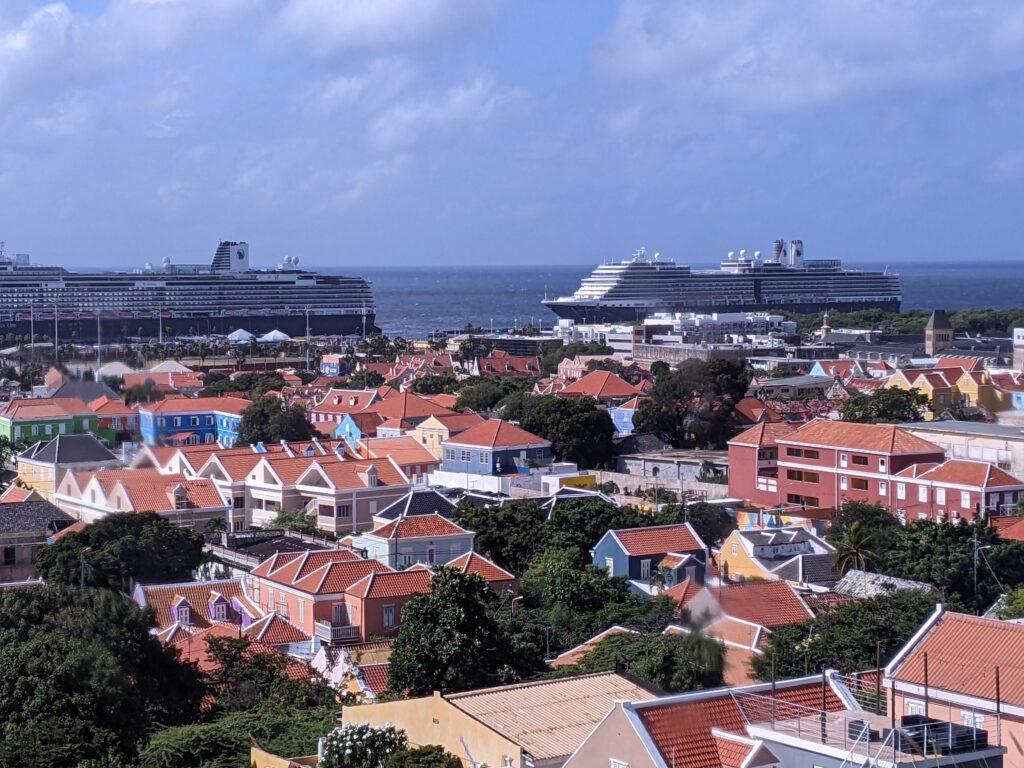
Our cruise ship, aptly named the Nieuw Amsterdam, gently laid up against its pier at the Dutch Curacao Cruise Port. The weather was perfect. A cloudless December day with a slight ocean breeze making the 73 degree weather perfect for our trek through the streets of Curacao to the synagogue.
The walk takes from 20-25 minutes, depending upon which pier your ship docks. The alternative is to take a taxi for a 15 minute drive that takes you around the bay to get to the quarter where the synagogue is located. We chose to walk so we could soak up the island’s atmosphere. In order to cross the St. Anna bay on foot, you must walk across the Queen Emma pontoon bridge.
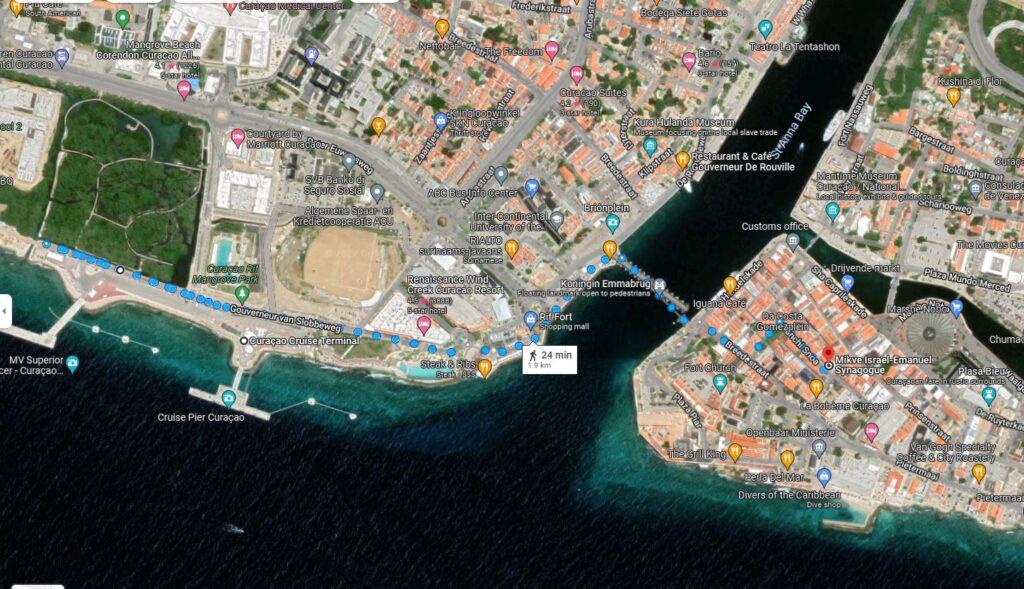
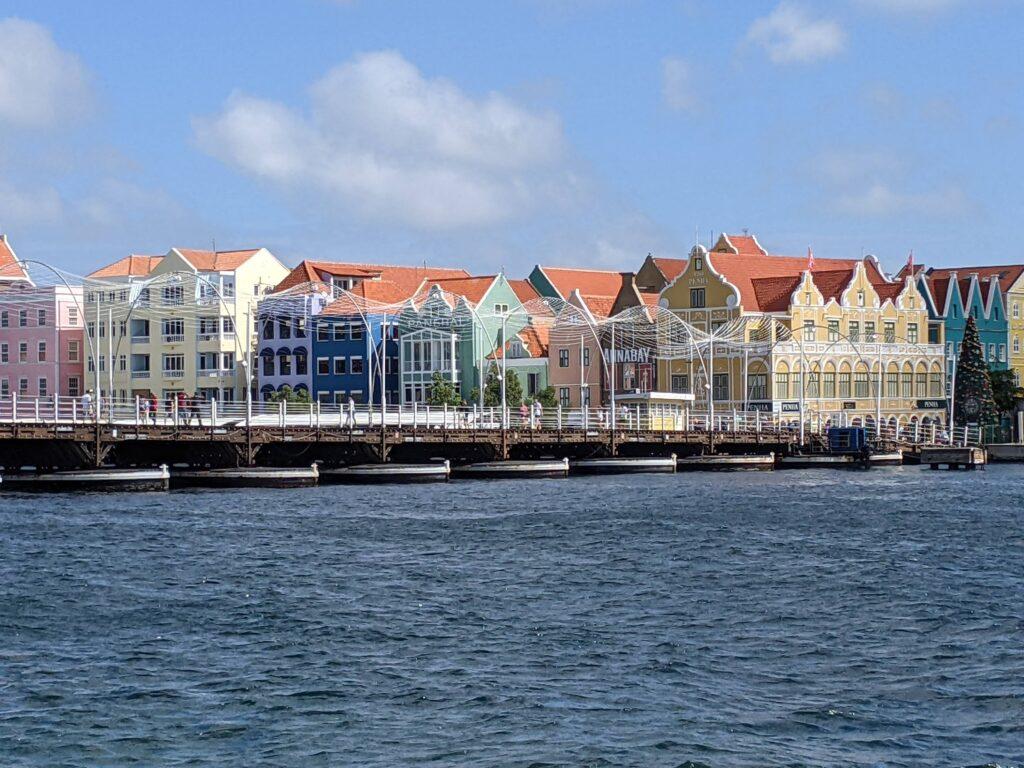
The bridge connects the Punda and Otrobanda quarters of the capital city Willemstad. Every so often, the bridge warns its pedestrians with a bell and swings open on one end to let boats through. Once across the bridge, you will find the 3 Punda Love Hearts made of love locks. From this point, you are about 4-5 blocks from the synagogue, which sits on a corner, nestled within narrow streets and colorful buildings.
The Mikvé Israel-Emanuel Synagogue stands prominently within it’s exterior walls and Moorish architecture. Entering the massive arched doors into the marble courtyard, you can’t help but image how grand and imposing this edifice must have stood 400+ years ago.
This rich piece of our history is a testament to our peoples’ endurance and dedication to Torah, no matter where we may find ourselves in the world. Am Israel Chai!
HISTORY
The Mikvé Israel-Emanuel community dates back to 1651 when the first Jewish families came from Amsterdam in the Netherlands and settled in Curaçao on land assigned to them by the Dutch West India Company to be used exclusively for agricultural purposes. Several generations before, they had left Spain and Portugal to escape the Inquisition and settled in the Dutch republic.
They were determined to adhere to their Jewish way of life on this far-away rock in the Caribbean. Initially they attempted to make a living in agriculture which proved to be immensely challenging due to climatological and geological aspects. They established the congregation, most likely using a small house near their fields as a house of worship. On this designated portion of land that later would be part of De Hoop (The Hope) plantation, the first of these plantations was established, a wish expressed as well in the community’s name Mikvé Israel (The Hope of Israel). In 1659 a second group of settlers arrived bringing with them a Torah scroll donated by the Amsterdam Portuguese Jewish community, the first on record of the young Jewish community.
Switching to trading and shipping, the Jews moved to the walled city of Willemstad in the late 1600s and used several locations as houses of worship. The current synagogue was consecrated in 1732. It is the oldest synagogue in continuous use in the Americas.
It is generally referred to as the Snoa (short for esnoga, an old Portuguese and Judaeo-Spanish word for synagogue) and is a popular tourist destination in Curaçao. Queen Beatrix of the Netherlands and her family were among the famous visitors in 1992.
CONGREGATION
The congregation (Mikvé Israel) was founded in the 1650s by Jews from the Netherlands and Brazil who were of Spanish and Portuguese descent. There was a breakaway Reform community (Emanu El) in the nineteenth century; the two joined in 1964 to form the current community. Reconstructionist Judaism is currently associated with the community.
The current edifice dates from 1730; the original synagogue was bought in 1674. One visitor to the synagogue made the observation that the sand floors remind the congregation of “how its Jewish ancestors on the Iberian peninsula covered the floors of their makeshift prayer houses so that their footsteps would be muffled and the suspicion of potential denouncers would not be aroused” as they approached the carved mahogany Holy Ark while crossing a sand-covered floor. The inside of the synagogue is strikingly similar to the Portuguese Synagogue in Amsterdam with its three tall vaulted ceilings, the Holy Ark and pulpit, the galleries, the benches, and the chandeliers.
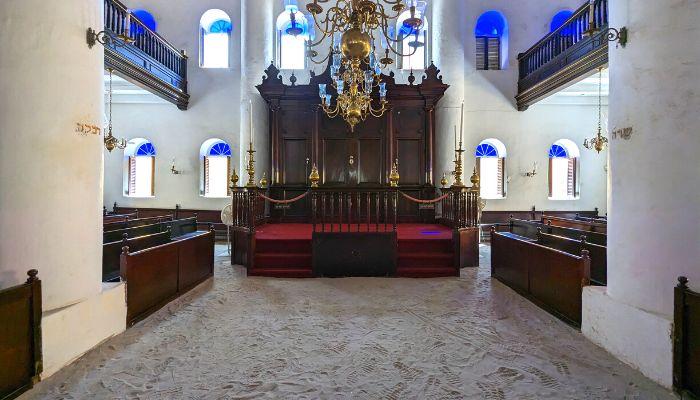
The Jewish Historical Cultural Museum, a building attached to the synagogue, houses exquisite gravestone copies from the Beit Chaim Bleinheim in Curaçao, the oldest Jewish cemetery still in operation in the Western Hemisphere.
RELIGIOUS SERVICES
To attend Shabbat services on Friday evenings at 18:30 and Saturday mornings at 10:00 there is no charge. Services are also held on all Jewish holidays.
Services are egalitarian and there is no assigned seating other than for members of the Congregational board. Men are required to wear head covering in the synagogue. Women are encouraged to wear head covering and are required to do so when receiving an honor on the Thebah or at the Heychal.
The dress code is casual but neat dress for attendance during synagogue services. For men, this includes slacks/khakis with a short sleeve dress shirt or polo shirt. For women, they suggest skirt or slacks, blouse that preferably covers up the shoulders. No faded or torn jeans, no shorts, no flip-flops for men or women. Please note there is no drinking or eating in the sanctuary.
THE ORGAN – OLDEST IN THE REGION
In 1864, after many pro-reform congregants relinquished their synagogue membership to form their own Reform congregation, the Temple Emanu-El, a synagogue committee was tasked with making the ritual more interesting. Among several recommendations were to create a choir and to install an organ.
In 1865 Dutch organ builders Pieter Flaes and Diederich Brünjes from Amsterdam were contracted to build an organ. A year later it was completed and sent to the island, where it was assembled on the western gallery on the second floor, which was built especially to accommodate the pipe-organ. It was inaugurated on October 24, 1866.
The foot pedal of the organ pipes’ air bellows had to be manually pumped. In 1930 an electrical air pump was installed. The passage of time and the warm tropical climate took its toll on the organ. Many attempts to maintain and even restore it failed. It was first replaced by a Hammond electric organ in 1947, followed by an Allen computerized digital electronic one in 1980.
The pipe-organ’s most recent renovation in 2002 was made possible by a donation from the Dutch Kingdom through its Ministry of Interior and Kingdom Affairs to the Mikvé Israel-Emanuel congregation in commemoration of its 350th anniversary in 2001.
In 2003 on May 4th, after many years of silence, the restored pipe-organ was once again able to be heard. It is heard, at times along with the choir, as part of the religious ritual during Shabbat and Jewish holidays.
This magnificent pipe-organ is the oldest in the area and most likely the second oldest in the Americas.
THE GIFT SHOP
Make sure to visit the synagogue gift shop. There is a variety of specialty and locally hand-made items for purchase, including souvenirs, books, cards, and Judaica items. Cash and debit cards, Visa and Mastercard are accepted. Purchases can be shipped by request. Take home a keepsake of this historical congregation and synagogue. The gift shop stock can vary at times. CONTACT GIFTSHOP
Mikvé Israel-Emanuel
בית הכנסת מקווה ישראל-עמנואל
Religion
Location
| Location | Hanchi di Snoa 29, Punda Willemstad |
|---|---|
| Country | Curaçao |
Architecture
| Completed | 1674 |
|---|

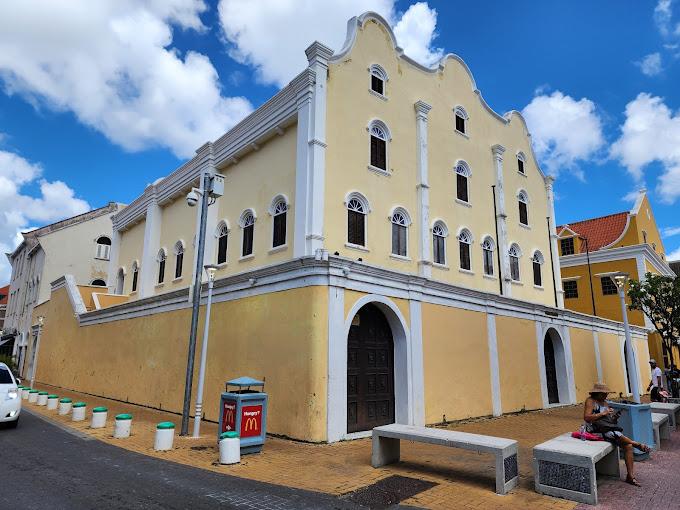

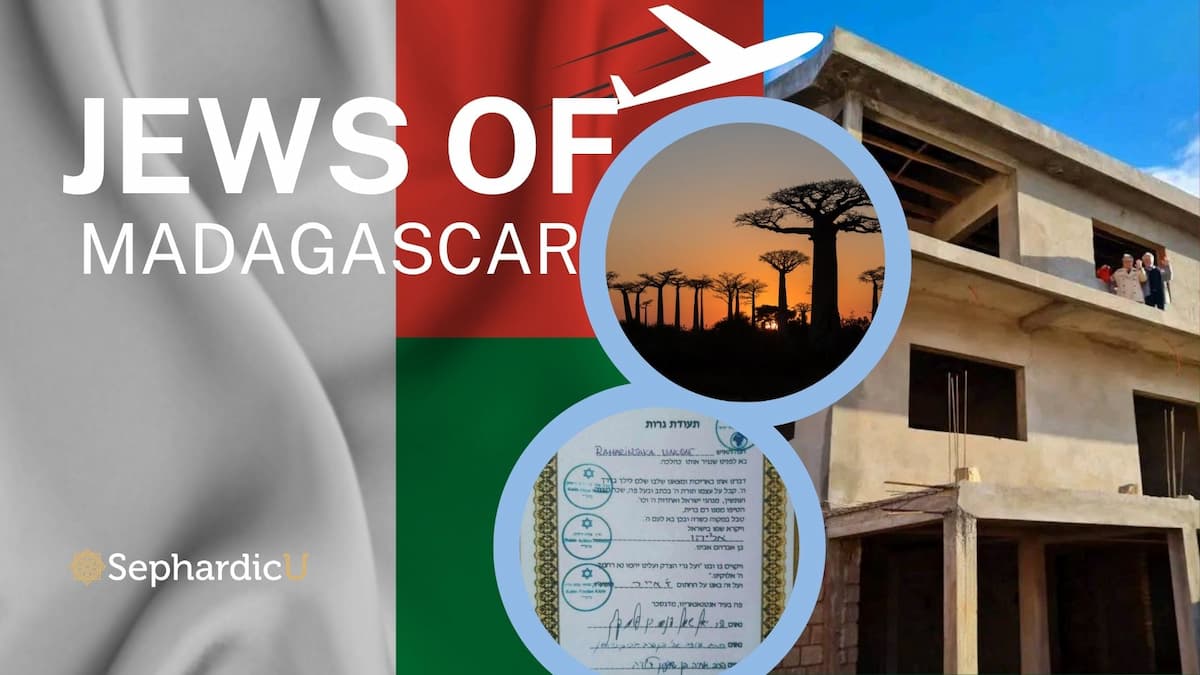




Ohr HaChaim Yomi – Emor